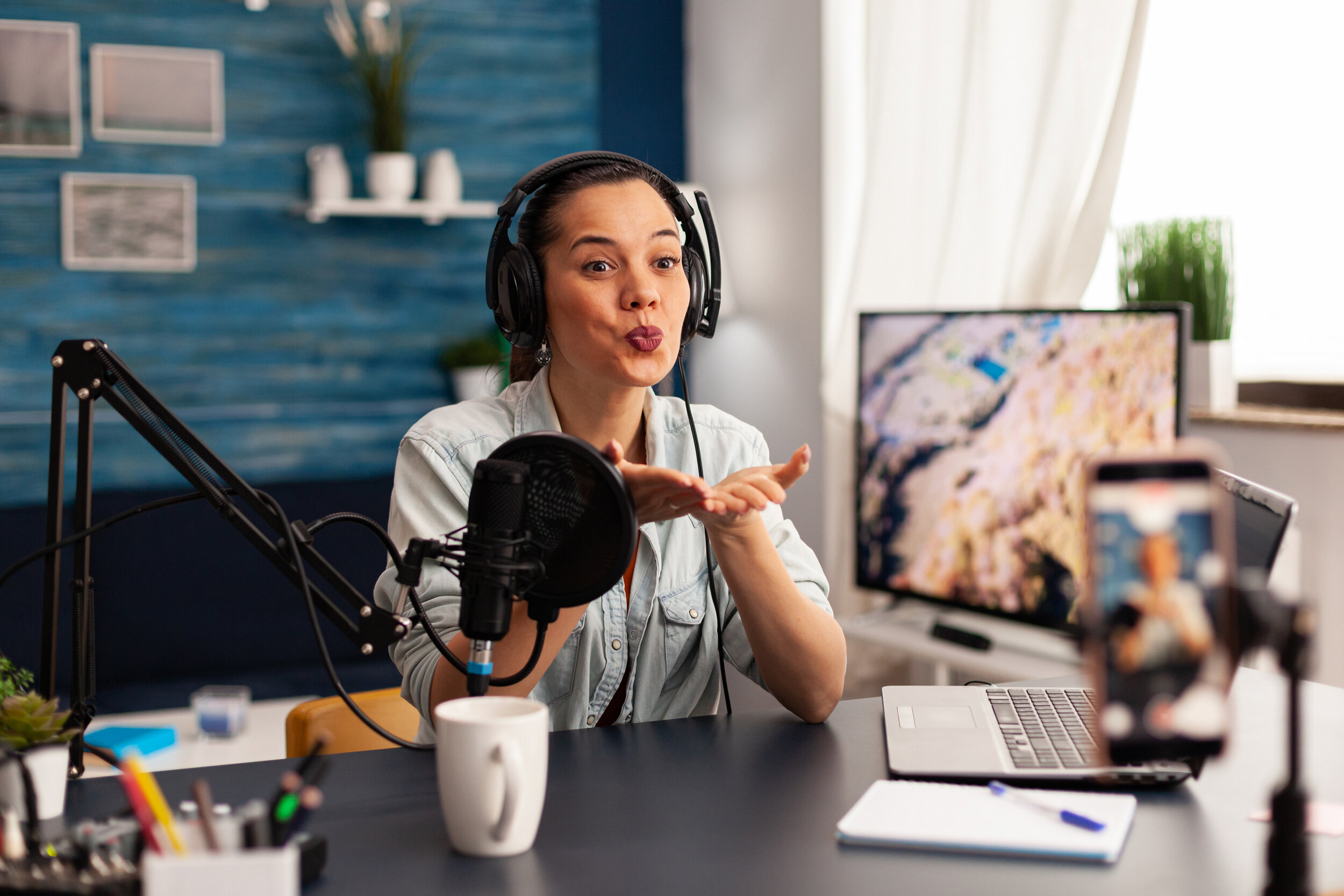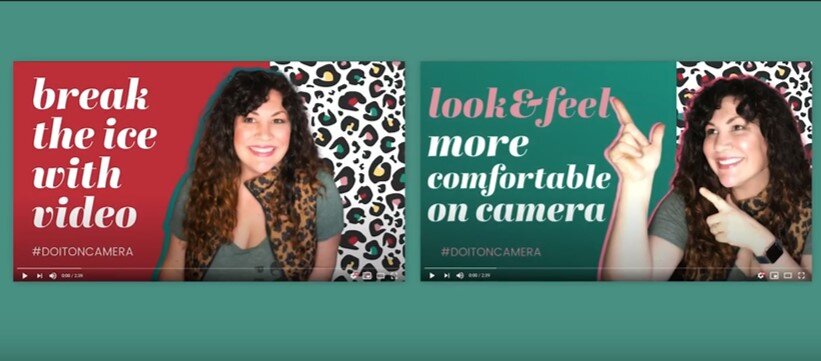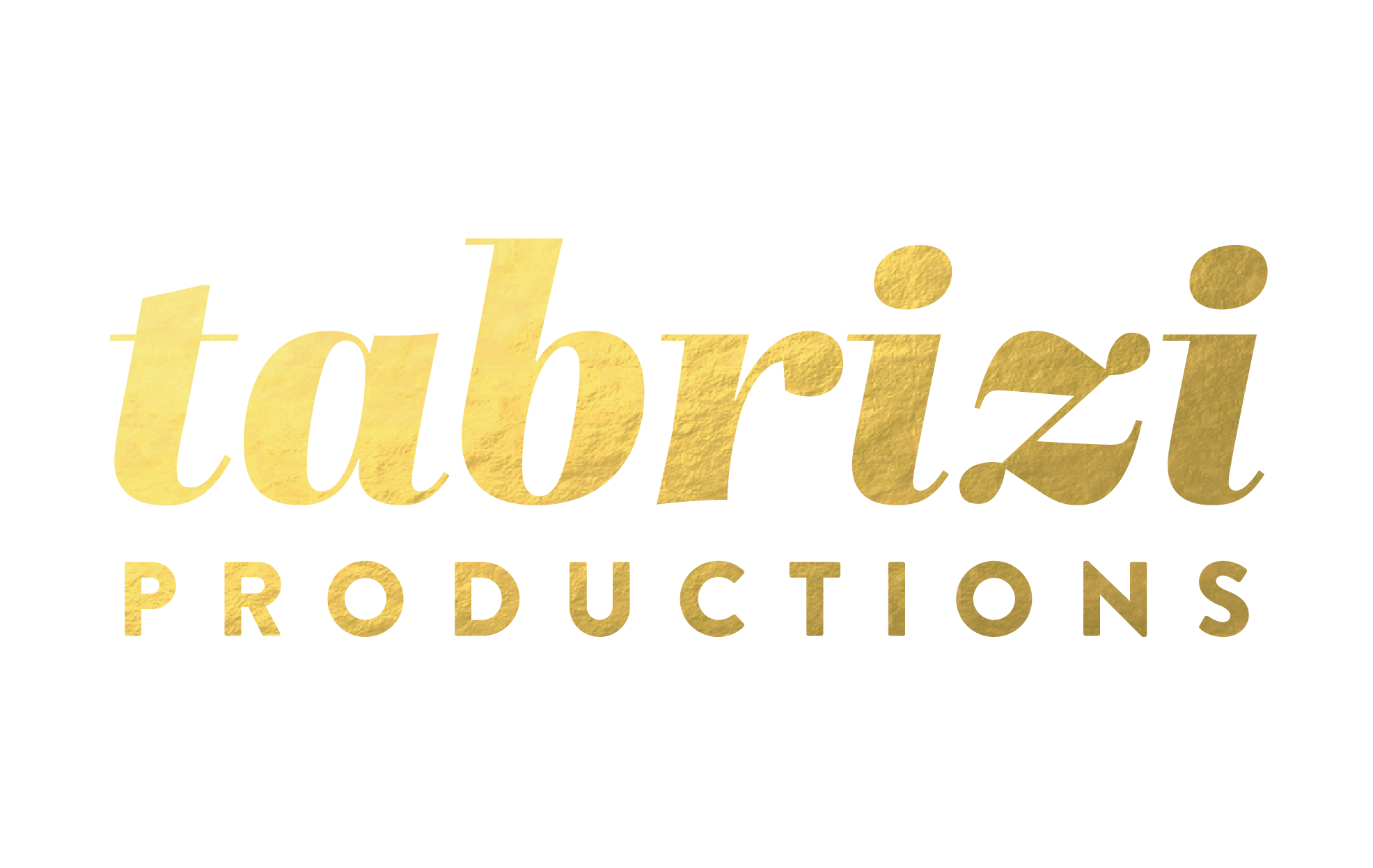Hook Your Viewer in the First Three Seconds Of Your DIY Video
Did you know three to five seconds is all it takes before someone clicks away from your video content?
When it comes to video creation, you’ve got to jump right in there with a memorable hook!
Don’t give them the chance to change the channel and never look back. If you don’t want to miss out on the engagement or the conversions you're hoping to gain from your video marketing, you’ll need to be intentional about video engagement and hooking your audience in this narrow window of time.
There are a number of ways you can hook your audience with those DIY videos, but before you hit record, I'm going to give you four quick tips that you can use today.
Tip #1: Strong Video Engagement Means Not Wasting Time
First off, don't waste time telling them who you are. Save that for the title and description.
If I started my video content with "Hi, my name's Farran Tabrizi, owner of Tabrizi Productions and creator of 30 Minutes to Better Quality Video,” I’ve just spent five seconds on info you probably already knew when you clicked on that DIY video. So don't waste time with the small-talk and niceties, and just get straight to the point.
Strong visuals are great… But you’re not going to inspire viewers without a strong script to support it.
Tip #2: Strong Video Engagement Means Asking Good Questions
Ready for the second thing you should know about how to create an online video that nails engagement? Understand the power of a good question.
For example, because I want to reach people who are looking for ways to up their video marketing game, I might start with, "Do you ever wonder why your videos don't convert into newsletter signups on your website? That might be why you're here watching this video today." The reason this works is because when we hear a question, we can’t help but want to know the answer. You’ve just stoked your viewer’s curiosity.
Starting your video with a line like the one above will also confirm to the viewers of your DIY video that they're in the right place from the very beginning. That’s going to improve the chances that they stick around for the rest of the content.
Tip #3: Strong Video Engagement Means Appealing To Emotions
Third, find and address a pain point your viewer deals with in order to evoke some sort of emotion. You can do this with your video content creation by painting the picture of an obstacle that your audience can relate to and then offering them some sort of solution.
For instance, to reach my specific audience I could start a video with, "Do you spend too much time planning and creating a DIY video only to put it out to the masses... and receive one comment from your mom?” If that's happened to my viewers before (and it’s certainly happened to me!) it makes them want to stick around and find out how I’m going to help them solve this.
Tip #4: Strong Video Engagement Means Entertaining and Educating
On to point number four: start with an interesting or shocking fact that relates to the video topic.
Rather than burying the lead by spending time on fluff, start strong. People want to be entertained or educated as they're scrolling through Instagram or watching videos on their other media accounts--and this is a great way to do it!
Create video content ideas that pack a punch & leave a memorable impression!
If I’m trying to convince someone they need to take their video content marketing more seriously, for instance, I might start with the fact that in 2020, Instagram users spent an average of 30 minutes per day on the platform--four more minutes than they did in 2019. This manages to peak my viewers’ interest while also showing them I’m a knowledgeable resource. And that’s going to keep them listening!
Alright... now it’s go time. Start putting these techniques to the test and watch as you start gaining more engaged viewers. You’ve got this!
If you like what you’ve heard and you want to learn more about how to create video for Instagram, Facebook, TikTok, or Youtube, then don't leave without signing up for more "quickie" video tips, course content and exclusive video coaching offers that will give you the confidence to do it on camera.






















































